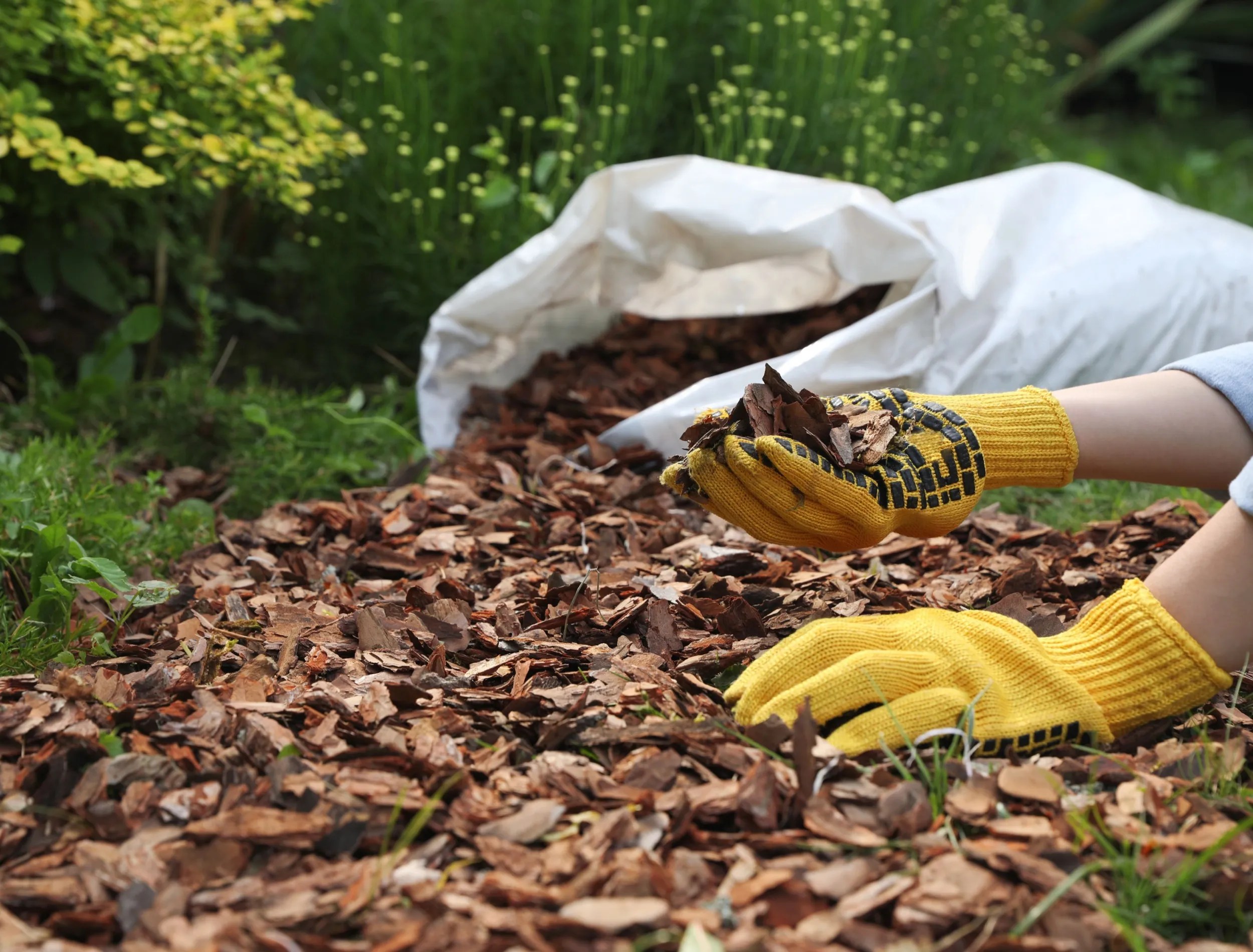Related
As winter promptly approaches , deciding which perennials to prune can be tricky . Even as an devouring gardener , you may not be indisputable when you should prune your plant . Fall , winter , spring , summer , or not at all ? As it turns out , it could be all of the above !
Many perennials take little sustainment in the fall , but others benefit from light or heavy pruning . know which plants take pre - winter pruning is essential so you may assist your garden thrive in the springtime .
Here are six bakshish for pre - winter repeated pruning .

1.Avoid Pruning These Perennials
Image credit : webentwicklerin via Pixabay
The optimal clock time for pruning will change depending on the type of perennial plant in your garden . Many plants prefer minimal pruning , particularly in the fall , and are substantially left over winter . Know which plants you have to save yourself some time , and ascertain you provide the best possiblecare for your perennial .
Prune spring flowering shrubs or those that blossom on old wood , such aslilacsandoakleaf hydrangea , after they complete blossom ( normally late bounce or summer ) . Prune evergreenshrubs , evergreen plant , summer flowering shrubs , and shade tree diagram in later winter or early spring . If you are unsure , insure your particular variety before pruning .

2.Prune Herbaceous Perennials
range credit : MabelAmber via Pixabay
Herbaceous perennials – works that die back to the root system but issue forth back every year – are more susceptible to disease and infestation . That ’s because when the top of the plants die , they are a complete breeding background for louse and disease . uncouth problematic herbaceous perennial includehostas , phlox , and bee balm .
Chrysanthemums , however , despite fall into this class , may be well left over winter without pruning . As a general rule of thumb , if you mark one of these perennial infested with insects or diseased , it ’s best tocut it back to the primer inlate fall .

3.Prune After Several Hard Frosts
Image credit : Lakeblog via Pixabay
If you make up one’s mind to cut back your herbaceous perennial , wait until after several heavy rime . Many perennials can withstand afrostand preserve to give the garden a papa of color through the nerveless fall calendar month . love the arresting fall garden while you may .
A heavy frost takes place when the temperatures drop below 28 degree Fahrenheit . After a few heavy rime , the upper portion of the plant will begin to die . At this point , you ’ll notice your plants are yellow and change state mawkish , sign that it ’s time to prune .

4.Check the Forecast and Prune Accordingly
Image reference : Marta Wave via Pexels
Check the forecast and plan your gardening days accordingly . There are n’t many prissy daylight left before winter , so take advantage of them when you’re able to . Even though the rainfall may be practiced for the ground , it ’s important to prune on a mild , ironical day .
Doing so helps preclude the spread of disease , and there ’s nothing better than enjoying a warm downfall mean solar day in the garden .

5.Prune Dead, Diseased, or Broken Branches
Image credit : Ray_Shrewsberry via Pixabay
Besides cutting back herbaceous perennials , fallis also a capital time to exert your other perennials . Completing some of this gardening in the fall months can save you prison term in the cold winter and early spring .
Any prison term you notice die out , drained , diseased , or broken outgrowth , you should take them from your plant as presently as possible . They are susceptible to disease and infestation , and diseased branches can spread to neighboring plants . Removing this excess rubble can also increase melodic line circulation and help more light reach the works .

Be certain to burn down or throw away of any infected leave of absence or branches , as adding them to your compost great deal may spread disease to other crops .
6.Remove Infested Plants
Image credit rating : Krzysztof Niewolny via Unsplash
Leaving perennial over winter is grotesque for wildlife like shuttle and insects . It can also help isolate the plant from the common cold . However , it ’s best to remove the impact branch if you haveinsect , slug , or snail - infestedperennials . This helps see tidy plants in the leap months .
dilute insect - overrun herbaceous perennials back to the base of the plant to admonish further spread , rather than just removing the infested leaves . Do not add up these leaves or branches to compost big money .

Prepare to Prune
As the out-of-door gardening season hoist down , there may be time to cook for the next year . Herbaceous perennial are most likely to profit from pre - winterpruning , whereas it ’s beneficial to prune many other perennials in recent wintertime , early spring , or summer . If you hold out in an arena with heavy rain in the fall , you might experience more issues withpestsand disease , requiring more tight fall pruning practices .
Are you planning on doing any pre - winter perennial pruning ? If you found this article helpful , please share !


